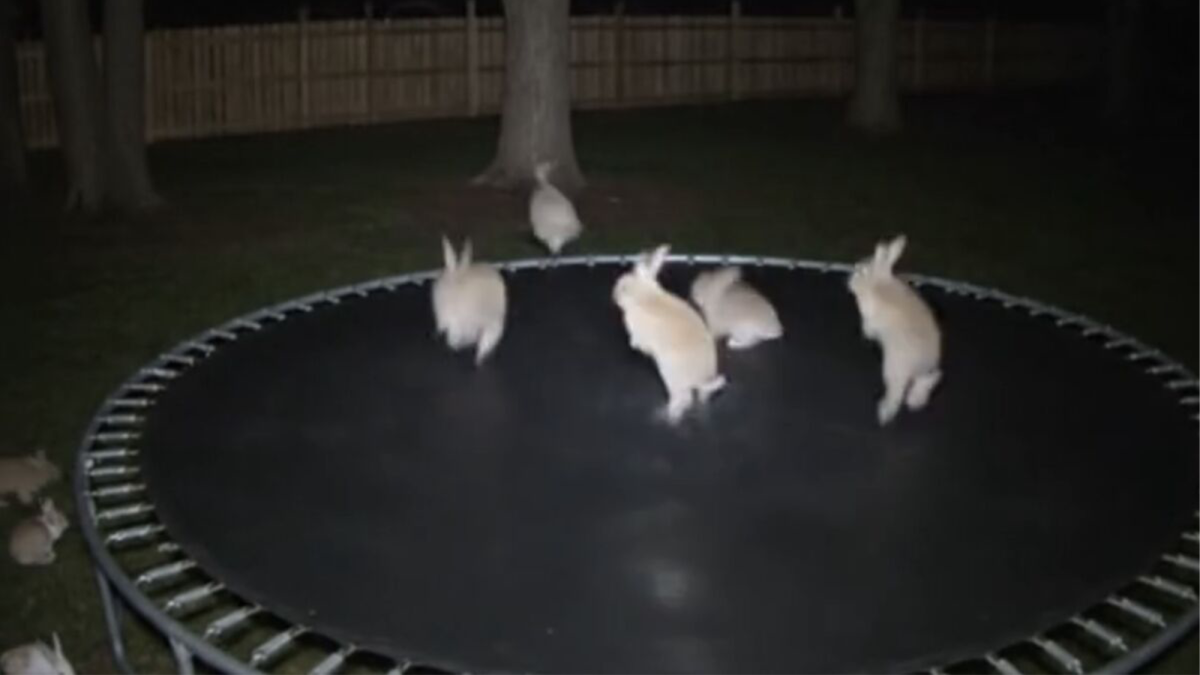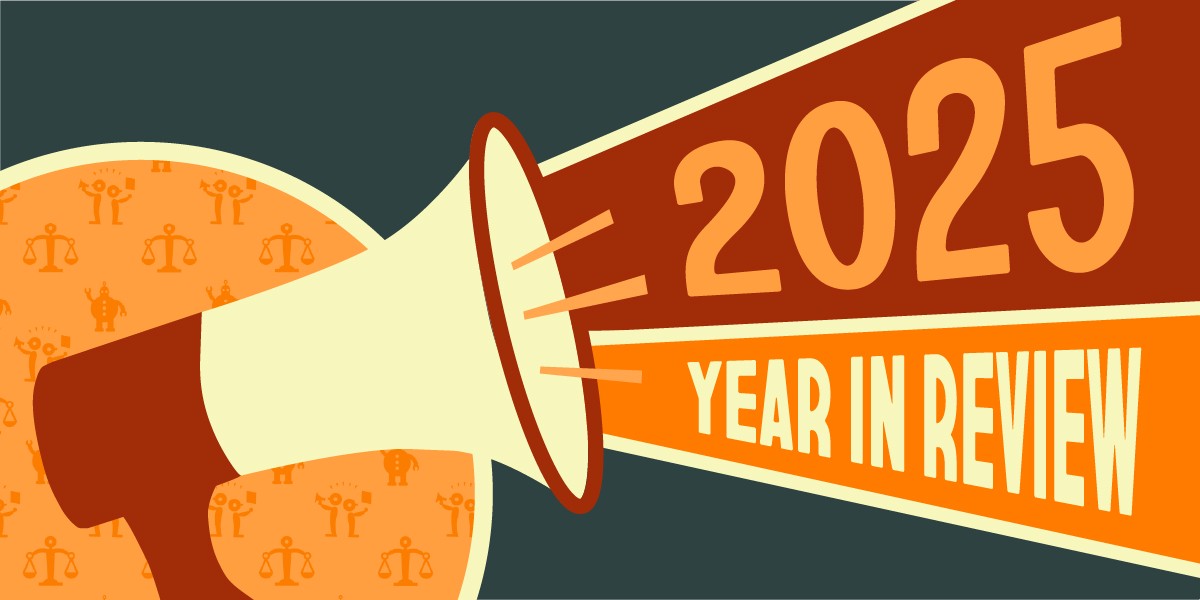This is happening more and more frequently. You are in bed, doom scrolling through social media (just a few more TikToks!) and you come across a fantastic video– a huge leopard leaping into a garden, where an incredibly brave domestic cat scares the predator away from an innocent toddler. You are about to send it to a friend, but doubt sets in at the last moment. Is this real?
Some AI-generated videos are so realistic that they are almost indistinguishable from real images. While it may seem like an innocent enough prank, scientists are sounding the alarm about the potential implications for conservation efforts and children’s relationship with nature.
In a Conservation biology studya team of researchers studied the virality and potentially problematic nature of AI-generated wildlife photos and videos on social media. They discovered three main problems: misperceptions of animal behavior, anthropomorphizing (applying human qualities to animals) and a growing detachment between society and nature.
“Our results indicate that some messages are concerning because they do not reflect reality, which can contribute to misinformation. For effective biodiversity conservation, it is essential that society is well informed,” Jose Guerrero Casadoco-author of the study and zoologist at the Spanish University of Cordoba, says Popular science.
He cites videos of parent birds killing “evil” snakes. “Some users argue in favor of this result, but what implications does this have for snake conservation? If public resources are directed toward snake conservation, but public support is insufficient, efforts can be undermined,” he adds.
Such videos can also give false impressions about the abundance of vulnerable species, further widening the already present gap between humans and wildlife, according to a university in Córdoba. statement about the study. Along the same lines, these videos could also give young children false expectations about local wildlife and realistic interaction with wild animals.
In other words, when they realize that the rabbits in their backyard aren’t going to have a wonderful time jumping on the trampoline with a black bear, “it has the opposite effect in terms of connection,” said Rocío Serrano, another co-author and researcher in the education department at the University of Córdoba.
What makes the situation worse is the increasing use of social media as a source of information by people, especially young people. Additionally, misrepresentations of friendly exotic animals are leading more and more people to want to have them as pets.
More broadly, when it comes to animals, the team suggests countering the potential harm spread by these videos with strategies such as increased media literacy and environmental education in schools, “ensuring that children understand from a young age that there are no lions here,” concludes Francisco Sánchez, co-author of the study and researcher in the zoology department at the University of Córdoba.
Moral of the story, be aware of the content you are interacting with. Even though some AI videos may be easier to suspect, you should still pay attention to the videos. quality and lengthbad text, strange hands. Still others might be harder to identify.
“AI-generated wildlife videos may look convincing, but there are telltale signs,” said a University at Buffalo computer engineer. Siwei Lyu tell Popular science. “Watch for unnatural movement: Animals may move too fluidly or in a way that defies physics. Lighting inconsistencies are another clue: shadows and reflections often don’t match the environment. Finally, look closely at fine details like fur or feathers; AI models sometimes blur textures or repeat patterns unnaturally.”










